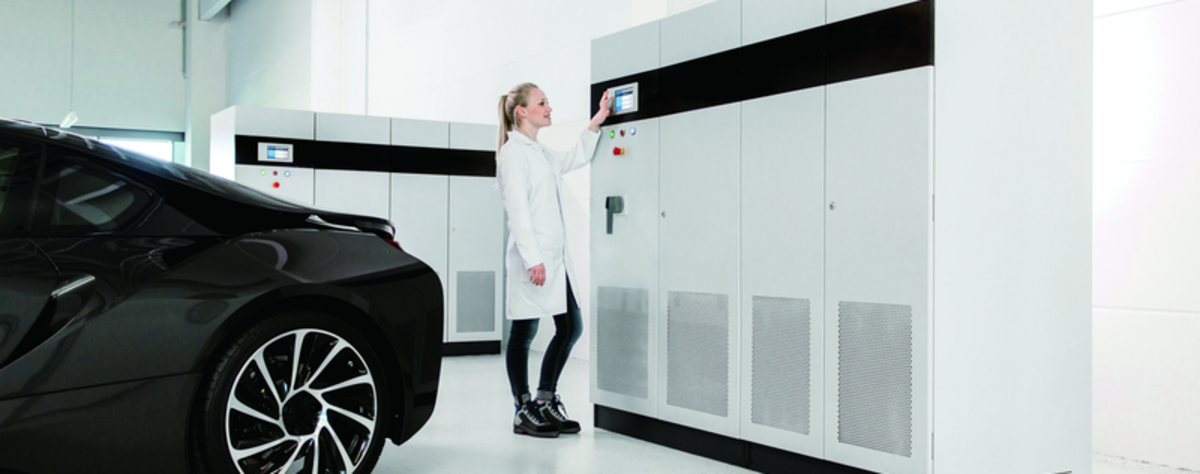
The complexity, nonlinearity, and time-dependent nature of battery behavior requires a significant amount of data.
This data is typically derived from resource and time intensive testing.
For example, a full characterization testing program can take up to 16 weeks to cover all usable temperature, SoC, and current conditions—resulting in a tremendous amount of data that must then be managed.
Every testing environment has unique requirements, considering these aspects upfront will help improve the final design. Understanding variables such as testing methodology, objectives, and expected timelines contributes to a better plan and improves outcomes.
Having the right tools for the job is always important. For a battery testing lab that includes cyclers, chillers, and chambers (see the components of a typical battery test cell in figure 1). Increasing a lab’s capability comes with increased capital investment and maintenance costs. To contain costs, consider leveraging existing equipment when possible. A knowledgeable supplier can help you determine when the use of existing equipment is the right choice as part of an overall plan.
Sie haben Fragen oder Wünsche? Nutzen Sie dieses Formular, um mit unseren Spezialisten in Kontakt zu treten.
